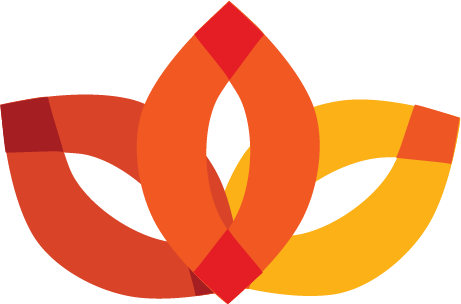
The process of building a gender and diversity aware innovation system starts with context specific identification tools, proceeds with creating shared understandings, and ends in creating a roadmap of actions for change. Various methods and tools can be used throughout the process, and in this toolkit some are outlined.

Process is a concept generally described as a series of actions that produce something or that is intended to lead to a certain result. There are numerous process models for different kinds of projects, but no one model ensures success.
In today’s world, people are beginning to recognize that gender equality and diversity in innovation systems contribute to creativity and subsequently to innovation.
Understanding and knowledge can contribute to more relevant and sustainable results through the in-depth explorations of a diversity of people’s values, needs, and preferences. In addition, organisations that understand the importance of diversity and gender equality reframe norms and values, which often leads to innovations.
The Promoting Sustainable Change Toolkit offers tools and tips to guide a participatory process of implementing gender equality and diversity awareness methods and tools. The process should ideally involve all people of concern, all of the internal and external stakeholders in innovation systems. Stakeholders are the experts of their own behaviours, values, and experiences. They are also experts on how to change if they acknowledge gender equality and diversity as issues within the innovation systems. This toolkit does not offer solutions and it does not ensure success. Instead, it offers techniques, methods, tools, tips, and examples that can guide you through the process. The methods can be chosen based on what works best for your context and your innovation system. The process guides the way; people make the changes.
The challenges you face if you are approaching gender equality and diversity within any organization or innovation system are very likely to be complex. In addition, similar situations or phenomena are very likely to have been experienced by other people. As preparation, you can read the stories presented in this toolkit and look for other similar stories so you can learn from similar challenges. This approach can give you an advantage in the process. Also, you will have a higher likelihood of success solving the complex and challenging issues of gender, diversity, and innovation by gathering the right team of people in the process and by securing legitimacy from top and middle management. The team should ideally be a core team of 3-8 individuals. By applying a quadruple helix approach, and deliberately mixing genders, cultures, and disciplinary and educational backgrounds, you will have a better chance of coming up with unexpected innovative solutions.
In addition to the core team, you should involve others in seminars, exercises, and sessions in order to identify values and attitudes and to share knowledge and understanding regarding gender equality and diversity within the innovation system. A diversity of participants in the process better ensures “genovations”, gender equality and diversity that promote innovation. A “genovation” can be seen as a social innovation.
Reflection is recommended before, during, and after each of the phases as active and deliberate reflection can motivate continued actions and counteract un-reflected discriminating acts. Reflection involves an active questioning of knowledge, ideas, thoughts, attitudes, norms, values, assumptions, consequences, and alternatives. In the following outline of the process phases, you will need some questions that encourage reflection.

The first phase consists of implementing methods to identify discriminating acts that hinder people’s innovative thinking and possibilities. These identifications can be a struggle, as they often challenge people’s current behaviour and understandings. For this reason, it is highly recommended to use a facilitator who has experience with gender equality and diversity issues. Also, the joint learning process should ensure people feel they can share their ideas without fear of judgement.
The second phase consists of sharing your learning among a larger group within the innovation system in order to spread knowledge. The sharing should ideally not be a one-way communication of your learning, but instead it should be a joint learning process of identifying and analysing particular issues among all stakeholders.
The third phase consists of taking steps and actions to “genovate” – i.e., developing gender equality and diversity aware actions that contribute to changed cultures, structures, behaviours, processes, projects, involvements, products, services, etc. Ideally, all stakeholders are involved in the phase. As a result, you have a large number of people who already are changing their approaches within the innovation system.